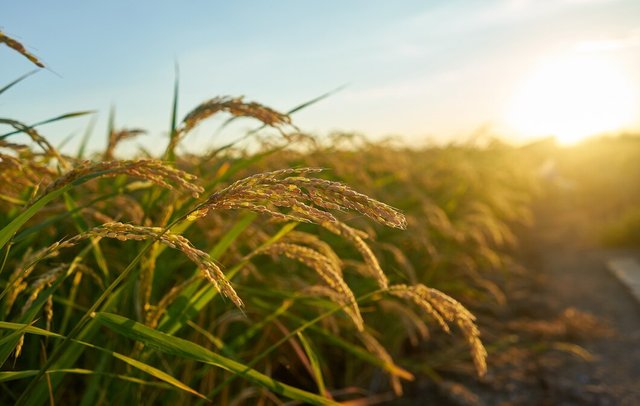
Rice Seedbed Preparation ; First of all is the preparation of the seedbed in the riceland. It is where the baby rice plants are to be nursed, where it must be cozier. The soil is plowed and leveled so that the seed would have a comfortable place to sprout. Next, the seeds are soaked in water for about a day or two, so it advances the germination process in some sort of a spa!
Soil Preparation: Now, coming to the major field: it's just like preparing a grand stage for rice plants. The field is plowed, harrowed, and leveled to ensure good water flow. A flooded field is what rice would like-so to say, their swimming pool!
Final Touches: Later, the seedlings in the seedbed are transplanted to the main field. This is similar to transferring the rice seeds from the nursery, which is like a baby bed where they are kept cozy, into their permanent home where they will grow tall and expansive.
Timing in planting rice seeds is a big determinant of the yields. Early planting may be detrimental to the seedlings if, by chance, cold weather sets in and stunts their growth. When done too late, they would have missed the best growing season and might go the way of drought or intense heat.
Timing ensures that the rice has enough water to grow. Rice loves a drowned field, but at the wrong time of the year, it will just be a problem with water.
Planting on time also evades pests and diseases that especially flourish during particular kinds of weather, enabling the rice to be much stronger and healthier!
Rice management after sowing consists of irrigation and fertilizer application. Irrigation
After planting, it is necessary to keep the soil constantly wet.
Generally, the fields are usually flooded with water up to 2 to 4 inches. This in turn will provide an ideal situation for rice to grow since it suppresses weeds and keeps the roots cool. Farmers occasionally check whether the water level is maintained especially during the dry season.
Application of Fertilizer: Generally, fertilizers are applied in stages: first, the balanced fertilizer spread at sowing to provide the necessary nutrients; weeks later, heavier doses of nitrogen-rich fertilizers to foster growth as the plants take shape. This is accomplished either through broadcasting or by using a side-dressing technique for better nutrient distribution to the roots.
With precise attention to water and nourishment, the rice plants will grow!
Various insects and diseases attack the rice crops, causing serious loss of yields. The following are some major threats and their ways of control:
Major Pests:
- Rice Weevil: These minute beetles destroy grains in storage. Control methods include proper storage practices and the use of airtight containers.
- Brown Planthopper: This insect feeds on plant sap, weakening plants and hence spreading viruses. Control is done by using resistant rice varieties and an application of insecticide if necessary.
- Stem Borer: The larvae burrow into stems and thus make the plants wilt. Crop rotation and timely application of insecticides help in controlling this pest.
Major Diseases:
- Rice Blast: It is a fungal disease that causes dark lesions on leaves and grains. Planting resistant varieties and crop rotation are some of the precautionary measures.
- Sheath Blight: This too is a fungal disease, but it results in lesions on the stem. Proper water management and applications of fungicides help keep it under control.
- Bacterial Blight: This is another disease that causes yellowing and wilting of leaves. Its control can be enhanced through the use of resistant varieties and proper field sanitation.
Regular monitoring, besides integrated pest management strategies, is very important in keeping rice crops healthy and productive.
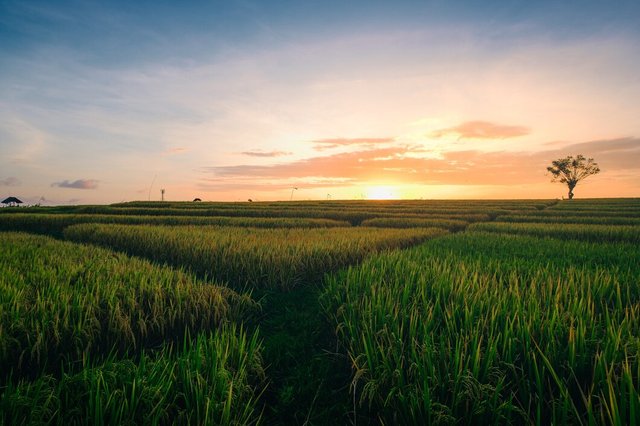
After paddy is harvested, there are several post-harvest operations involved in the quality maintenance and retention of rice in a conserved manner.
Post-harvest Operations:
Drying: The freshly harvested paddy has to be dried to reduce moisture content. Ideally, it should be dried down to about 14% moisture so that there is no spoilage. The grains can either be spread out in the sun or might be dried mechanically.
Threshing: After it gets dried, the paddy has to be threshed to separate the grains from the stalks. It may be done either manually or with the use of threshing machines.
Cleaning: Cleaning the threshed rice removes debris, dust, and broken grains, which improves quality and prepares rice for storage.
Preservation Steps:
Storage: Store cleaned rice in a cool and dry environment. Keep it in airtight containers or bags against moisture and pests.
Fumigation: Fumigation of the storage space with appropriate treatments may be done to prevent insect infestations in the stored rice.
Periodical Inspection: Periodically inspect the stored rice for any manifestation of pests or spoilage. Any issues identified are to be addressed without delay.
These are ways to assure that the harvested paddy will be in good condition for future use!
Regards
artist1111
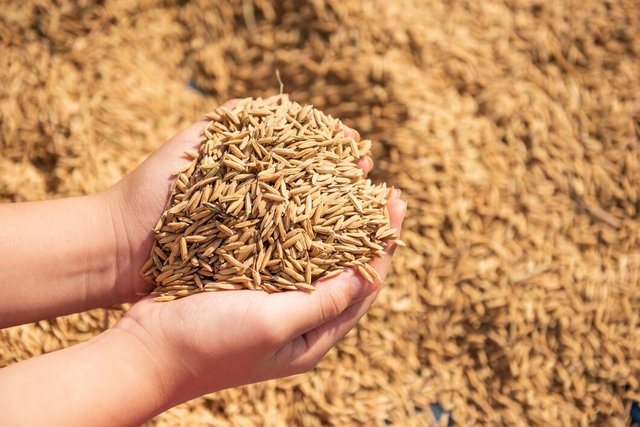
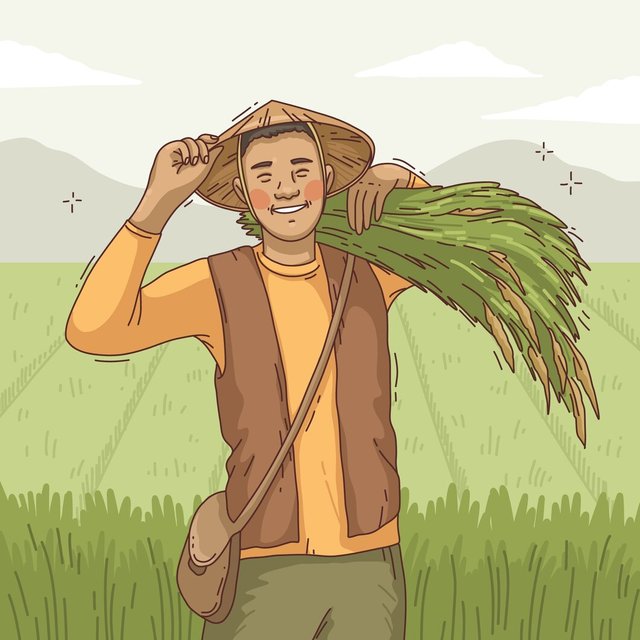
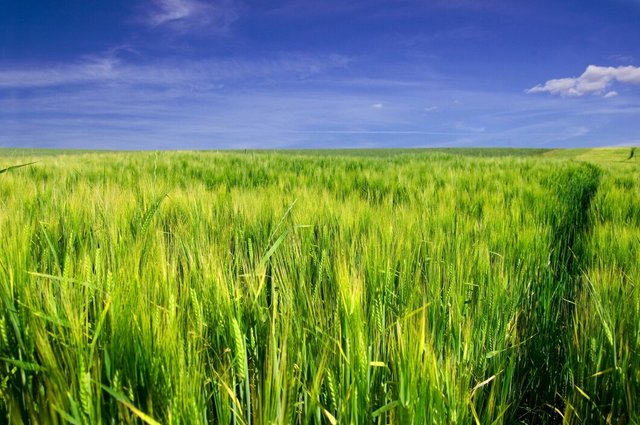
Upvoted. Thank You for sending some of your rewards to @null. It will make Steem stronger.
Downvoting a post can decrease pending rewards and make it less visible. Common reasons:
Submit
Welcome to the agro-learning challenge season 20.
Observations and suggestions:
. You demonstrated basic knowledge of seedbed preparation and soil preparation. However, these are sailent points; seedbed = land preparation, ploughing, harrowing, levelling, flooding, puddling, drying, smoothing... soil preparation = soil testing, fertilizer application, pest and disease management, water management, seed selction, sowing.
. Nice explanation on the importance of planting at the right time... Planting at the right time would help combat pests and diseases easily, help with effective water management, reduce crop failures, etc.
. You have also explained other task questions nicely
Thank you for your participation. We hope to see you in week 3.
Downvoting a post can decrease pending rewards and make it less visible. Common reasons:
Submit
As a child I saw how my grandfather used to control the water level while irrigating the paddy field. Your post brought back that memory. Best of luck for the contest.
Downvoting a post can decrease pending rewards and make it less visible. Common reasons:
Submit
Downvoting a post can decrease pending rewards and make it less visible. Common reasons:
Submit